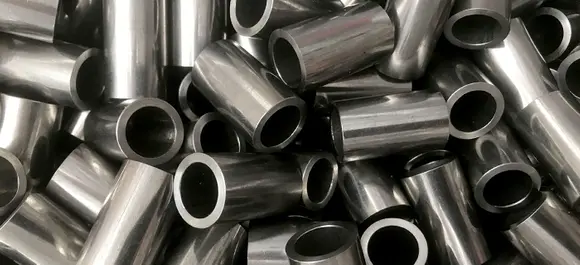Mobile:+86-311-808-126-83
Email:info@ydcastings.com
casting sand mold casting
Casting and Sand Mold Casting An Overview
Casting is a fundamental manufacturing process that involves pouring molten material into a mold to create a desired shape. This technique has been employed for thousands of years and remains a vital method in various industries, including automotive, aerospace, and art. Among the various casting methods, sand mold casting stands out due to its versatility, cost-effectiveness, and ability to produce complex shapes.
What is Sand Mold Casting?
Sand mold casting is a process that uses sand as the primary material for creating molds into which molten metal is poured. The sand mold is formed by packing sand around a pattern of the object to be cast. The pattern is typically made from metal or plastic and can be either a single piece or made up of multiple components, depending on the complexity of the design.
The sand used in this process is often mixed with a binder, such as clay, to help the sand hold its shape. Once the mold is created, the pattern is removed, leaving a cavity that corresponds to the shape of the desired object. This cavity is then filled with molten metal, which cools and solidifies, taking on the shape of the mold.
Advantages of Sand Mold Casting
One of the primary advantages of sand mold casting is its cost-effectiveness. The materials used, primarily sand and binders, are relatively inexpensive. This makes the process highly accessible for both large-scale production and small-scale, custom projects. Moreover, sand molds can be reused multiple times, which adds to the economy of the process.
Another notable benefit is the flexibility offered by sand mold casting. It can accommodate a wide range of metal types, including aluminum, iron, and steel, and can be used to produce a vast array of shapes and sizes. This ability to create intricate designs allows manufacturers to produce complex components that may be challenging to achieve with other methods.
Sand mold casting also provides excellent surface finish and dimensional accuracy when appropriate techniques are employed. The ability to fine-tune the mold and the casting parameters can lead to components that require minimal post-processing.
Applications of Sand Mold Casting
Sand mold casting is utilized in numerous applications across various industries. In the automotive sector, it is heavily used for creating engine blocks, transmission cases, and other critical components. The aerospace industry also benefits from this casting method, particularly for producing parts that require lightweight materials and intricate designs.
casting sand mold casting

In the artistic sphere, sand mold casting allows sculptors and artisans to create detailed sculptures and decorative items. The method provides a level of creativity and flexibility that can bring unique artistic visions to life.
The Sand Mold Casting Process
The sand mold casting process involves several key steps
1. Pattern Making The first step is creating a pattern from which the sand mold will be formed. Patterns are typically made from durable materials like metal or CNC machined plastics.
2. Mold Preparation The next step involves preparing the sand mold. This includes mixing sand with a suitable binder and packing it around the pattern. Once the sand is set, the pattern is carefully removed, leaving a cavity.
3. Pouring After preparing the mold and ensuring it is clean and ready, the molten metal is poured into the cavity.
4. Cooling Once the molten metal has filled the mold, it is allowed to cool and solidify. The cooling time depends on the material and the thickness of the casting.
5. Mold Removal Once cooled, the sand mold is broken away to reveal the cast part. The casting will require some finishing work, such as trimming and surface treatment.
Conclusion
Sand mold casting continues to be a reliable and efficient method for producing a wide range of components across various industries. Its cost-effectiveness, versatility, and ability to create complex shapes make it a preferred choice for many manufacturers. As technology advances and more refined techniques are developed, the future of sand mold casting looks promising, allowing for even greater innovations in design and manufacturing. Whether for industrial applications or artistic endeavors, casting remains a cornerstone of modern production techniques.
-
Why Should You Invest in Superior Pump Castings for Your Equipment?NewsJun.09,2025
-
Unlock Performance Potential with Stainless Impellers and Aluminum End CapsNewsJun.09,2025
-
Revolutionize Your Machinery with Superior Cast Iron and Aluminum ComponentsNewsJun.09,2025
-
Revolutionize Fluid Dynamics with Premium Pump ComponentsNewsJun.09,2025
-
Optimizing Industrial Systems with Essential Valve ComponentsNewsJun.09,2025
-
Elevate Grid Efficiency with High-Precision Power CastingsNewsJun.09,2025











